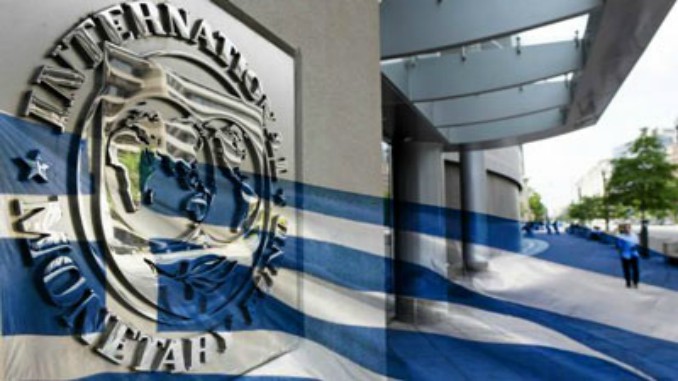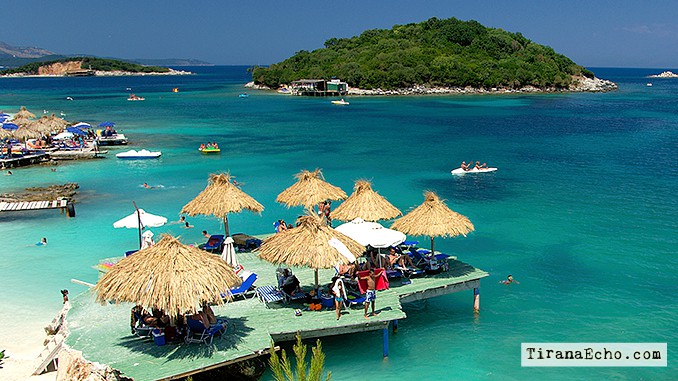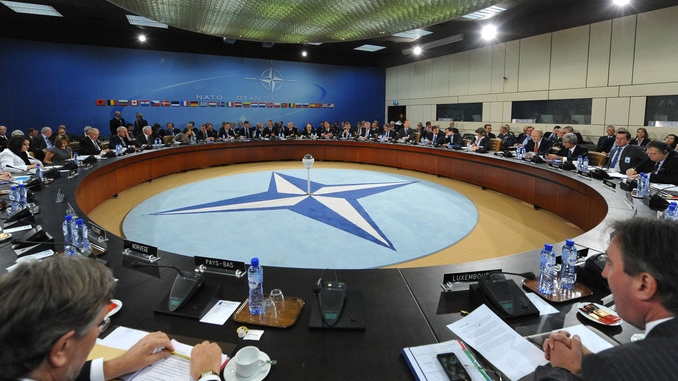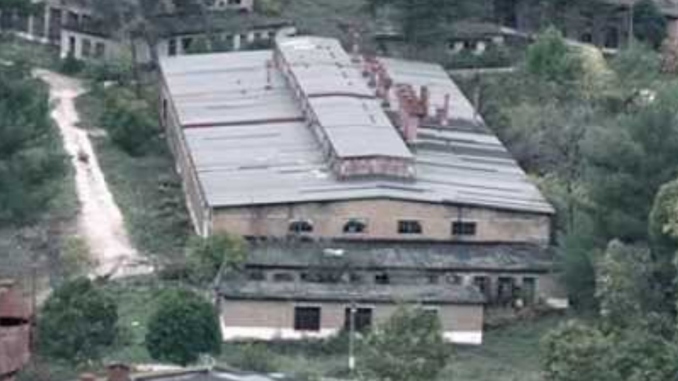Borders Open for Travel Around Albania
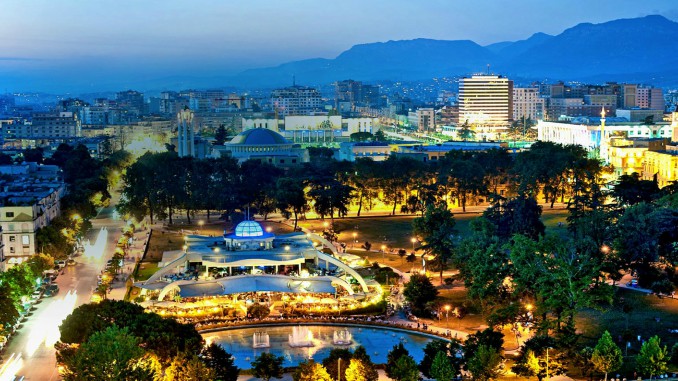
Wide swaths of asphalt, clean blue and white buildings and a canape with a lot of glass: the border crossings from Dubrovnik, Croatia, into the Montenegrin coastal city of Herceg Novi is well prepared for a stream of visitors.
Semi-tractor trailer rigs form a short line; cars and buses quickly pass through. On one recent morning, there were 12 passengers on the Montenegro Express, a bus that takes the 50-kilometre journey between the two towns regularly every day.
A tourist from Berlin looks out the bus window astonished to see the new streets and buildings and is pleased by the border officials’ efficiency.
Ten years ago just after the war in Yugoslavia ended, there was no passage here. The streets were bad and the crossing was barricaded.
The idea of continuing on to Montenegro’s southern neighbour, Albania, was unthinkable.
Today, all borders are open. A tour from southern Croatia to Montenegro and to Albania on a bus or with a group taxi is no problem.
It also can be done without a visa and is very economical.
The bus ride from Herceg Novi through the mountains and onto Podgorica takes about three hours and costs $6,40 (about R43), the currency of the country.
The locally-brewed beer Niksicko Pivo flows freely in Picadilly Pub in the centre of Podgorica. It’s much cheaper than imported beers, the locals point out.
“Few can afford a Heineken or a Becks. Our incomes are low,” said 24-year-old waiter Milos Markovic.
Podgorica is the capital of the small independent Balkan country that used to be a part of the federation Serbia and Montenegro.
Many people in Montenegro hope that tourism will again pick up. The entire country, which has a population of 650 000 and a landmass about as big as the northern German state of Schleswig-Holstein, hopes for a general economic upturn.
Podgorica, which was called Titograd under communism, is not much of an attraction. Drab apartment buildings are a feature of the city’s skyline.
But the pedestrian zone in the city centre is worth a visit, with its shops, boutiques, new cafes and pubs.
Taxi driver and tour guide Zelko Lakovic, who worked for several years in Germany, tells a reporter not to write about the city’s ramshackle buildings, rather about the people, who he says are fabulous.
Lakovic, whose nickname is Lucky, proudly invites his guest to a visit in his home and garden.
The next day he arrived punctually with his taxi and drove 30km to the Albanian border, charging his “special price for friends:” 20 euros (R171).
The border official on the Albanian side lifts his hand as if in a greeting, then said 10 euros (about R85). He returns a receipt and an entry stamp.
Lucky negotiates with his Albanian buddy, who wants to catch a ride to Shkodra, about one hour away, in Lucky’s old Mercedes diesel. The fare, coincidentally, is 10 euros (R85).
The drive to Shkodra goes through open countryside and a few villages. On the horizon, the ruin of Rozafa Castle comes into view.
It is on a hill over Shkodra, a city that is a mix of the communist past, including buildings constructed out of prefabricated concrete slabs, and the east, including markets and mosques.
Tacked onto that are new restaurants, internet cafes, banks and supermarkets, all built since the end of communism.
And how does someone with time on their hands return to Germany for little money? Take a group taxi from Rozafat, which costs 5 euros (R42) and goes as far as Ulcinj, 50km inside Montenegro.
There a traveller can take a bus to Dubrovnik where cheap flights are available to Germany.
A second option is to travel from Shkodra south to the capital Tirana. Beginning this summer the low-fare airline Germanwings is scheduled to offer a service to Germany.
Source:


